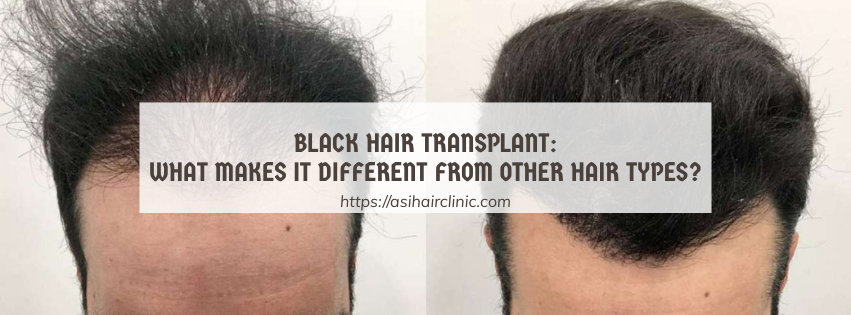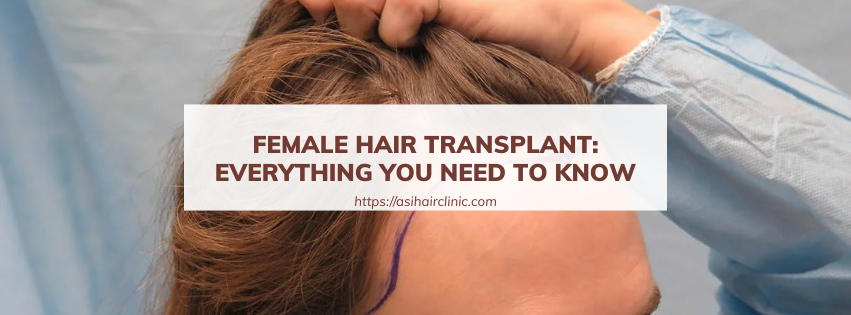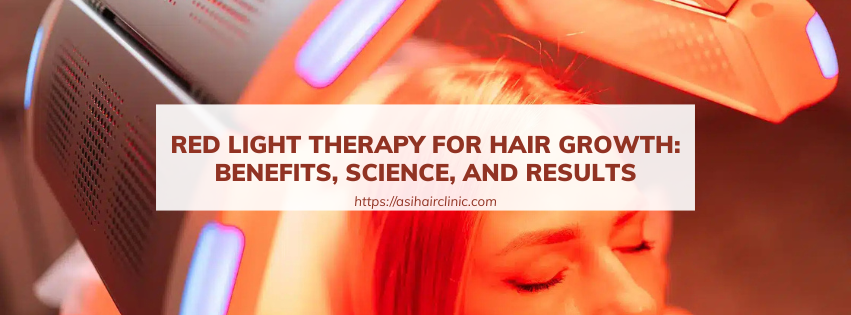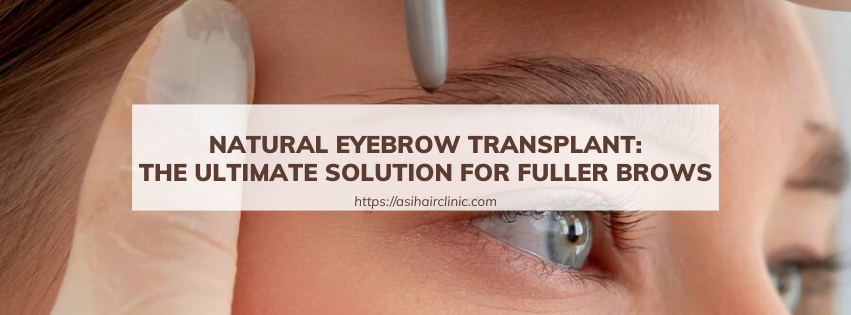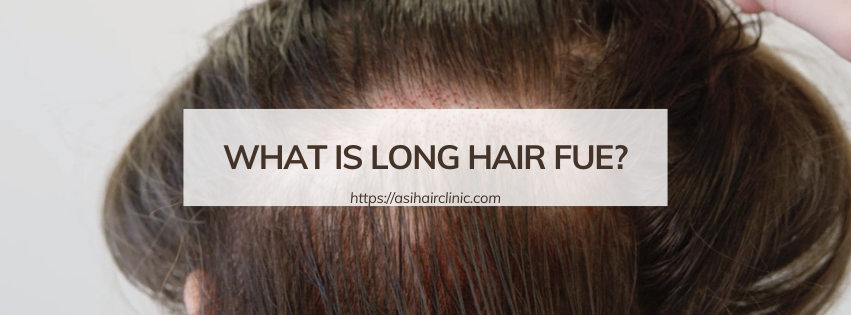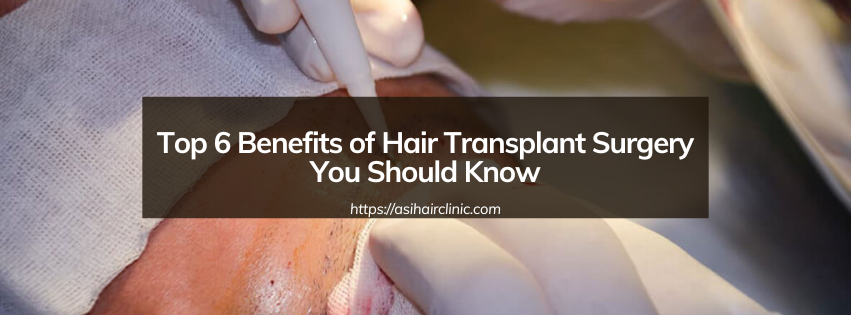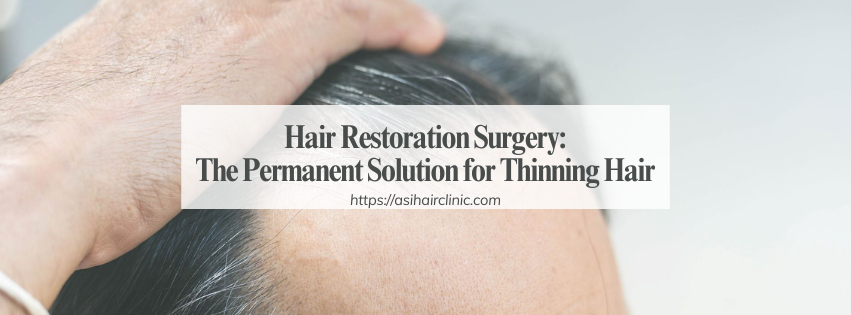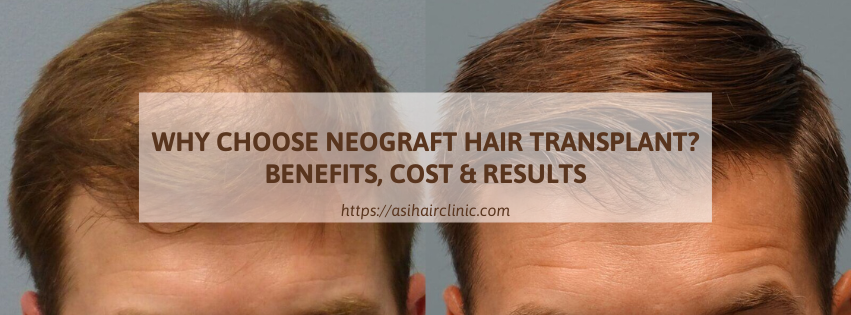Hair Transplants vs. PRP Therapy: Which Works Best?
Hair loss is a common concern that affects millions of individuals around the globe. It can be attributed to various factors including genetics, hormonal changes, medical conditions, and lifestyle choices. As a result, many people are on the lookout for effective solutions to restore their hair and regain their confidence. Among the most popular options are hair transplants and PRP (Platelet-Rich Plasma) therapy. Both treatments have garnered attention for their potential effectiveness in treating hair loss, but they differ significantly in methodology, recovery time, and long-term results.
In this comprehensive article, we will explore both hair transplants and PRP therapy in detail, comparing their effectiveness, costs, recovery times, and overall suitability for different individuals. This analysis aims to provide you with a clear understanding of which treatment may work best for you.
1. What is a Hair Transplant?
A hair transplant is a surgical procedure that involves moving hair follicles from one part of the body, typically the back or sides of the scalp, to areas experiencing thinning or balding. This technique has been around for decades and has evolved significantly over the years, providing patients with natural-looking results and improved hair density.
The basic premise of hair transplants lies in the notion that hair follicles from the donor area are genetically resistant to balding. By relocating these resilient follicles to a balding area, the hope is to achieve permanent hair growth in zones where it has diminished or disappeared altogether.
Hair transplants can be categorized into two main techniques: Follicular Unit Transplantation (FUT) and Follicular Unit Extraction (FUE). Each method has its own unique process and benefits, making it essential for prospective patients to understand their options.
1.1. How Hair Transplants Work
Hair transplantation involves several intricate steps that require careful planning and skilled execution.
Pre-Procedure Consultation
Before undergoing any surgical procedure, a thorough consultation with a qualified hair restoration specialist is essential. During this initial visit, the doctor will evaluate your hair loss pattern, medical history, and specific goals. They may also perform a scalp examination to determine the quality and availability of donor hair.
This stage is crucial as it helps set realistic expectations regarding the outcomes and time frames associated with hair transplants.
Harvesting Donor Hair
Once the planning phase is complete, the actual procedure begins. In the case of FUT, a strip of skin containing hair follicles is removed from the donor site, usually located at the back of the head. The excised strip is then divided into smaller grafts, each containing one or more hair follicles.
On the other hand, FUE entails removing individual hair follicles directly from the scalp using specialized tools. This method leaves minimal scarring and allows for quicker recovery, but it can take longer than FUT due to the meticulous nature of extraction.
Implanting Hair Follicles
After harvesting the hair follicles, the next step involves creating tiny incisions in the balding areas of the scalp where the new hair will be implanted. The surgeon meticulously places the harvested follicles into these incisions, ensuring they are oriented correctly to mimic the natural growth direction of existing hair.
Once all the follicles have been placed, the procedure is deemed complete. Patients are given post-operative instructions to ensure optimal healing and successful hair growth.
1.2. Pros and Cons of Hair Transplants
Like any medical procedure, hair transplants come with their own set of advantages and disadvantages.
Advantages of Hair Transplants
- Permanent Solution: One of the most significant advantages of hair transplants is that the transplanted hair is considered a permanent solution. Once successfully implanted, these hair follicles continue to grow for a lifetime, as they retain their genetic resistance to balding.
- Natural Appearance: When performed by skilled surgeons, hair transplants can yield incredibly natural-looking results. The strategic placement of hair follicles allows for a seamless blend with existing hair, enhancing the overall aesthetics.
Disadvantages of Hair Transplants
- Surgical Procedure: As a surgical intervention, hair transplants carry inherent risks such as infection, scarring, and anesthesia complications. It's vital for patients to weigh these risks against the potential benefits.
- Costly Investment: Hair transplants can be expensive, primarily due to the expertise required and advanced technology used during the procedure. Additionally, multiple sessions may be necessary to achieve the desired density.
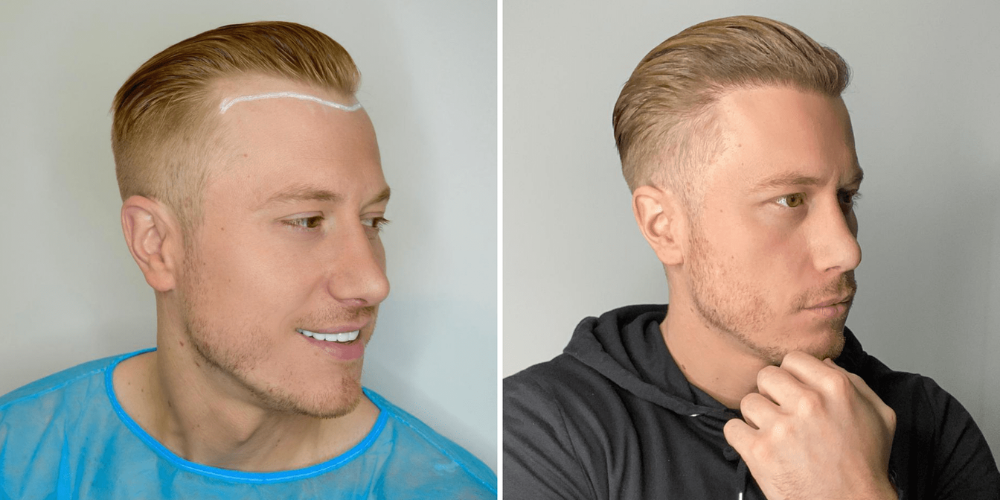
2. What is PRP Therapy for Hair Loss?
PRP therapy is a non-surgical treatment option gaining traction in recent years for its potential effectiveness in combatting hair loss. The treatment involves extracting a small amount of a patient's blood, processing it to concentrate the platelets, and injecting the platelet-rich plasma back into the scalp.
The rationale behind PRP therapy lies in the regenerative properties of platelets, which contain growth factors that promote tissue repair and stimulate hair follicles. This method aims to enhance blood circulation to the hair follicles, rejuvenating them and potentially reversing hair loss.
2.1. How PRP Therapy Works
Understanding the mechanics of PRP therapy is crucial for grasping how it may benefit individuals dealing with hair loss.
Blood Collection and Processing
The PRP treatment begins with a simple blood draw, similar to routine lab tests. A vial of blood is collected, typically ranging from 10 to 60 milliliters, depending on the specific protocol followed by the practitioner.
Once the blood is drawn, it is placed in a centrifuge that spins rapidly to separate the components based on density. This process isolates the platelet-rich plasma from red blood cells and other blood components, leaving behind a concentrated solution filled with growth factors.
Injection of PRP into the Scalp
After processing, the concentrated PRP is injected into the patient’s scalp using fine needles. The practitioner typically targets areas experiencing thinning hair or bald spots while focusing on stimulating dormant hair follicles.
Patients often experience minimal discomfort during this procedure, although some may opt for topical numbing agents to enhance comfort.
Follow-Up Treatments
For optimal results, several sessions of PRP therapy are generally recommended, spaced about four to six weeks apart. Over time, patients may begin to notice improvements in hair thickness and texture as the follicles respond positively to the growth factors present in the PRP.
2.2. Pros and Cons of PRP Therapy
While PRP therapy is regarded as a promising treatment for hair loss, it does possess certain pros and cons.
Advantages of PRP Therapy
- Non-Surgical Option: One of the most appealing aspects of PRP therapy is that it is non-invasive. Patients can receive treatment without the need for surgery, making it an attractive alternative for those hesitant about undergoing a surgical procedure.
- Minimal Side Effects: Since PRP therapy utilizes the patient’s own blood, the risk of allergic reactions or adverse effects is significantly reduced. Most side effects, if any, are mild and temporary, such as minor swelling or bruising at the injection sites.
Disadvantages of PRP Therapy
- Variable Results: While some patients report substantial improvements, results can vary widely. Factors such as the underlying cause of hair loss, the patient’s age, and overall health can influence effectiveness.
- Multiple Sessions Required: Achieving noticeable results often requires multiple treatment sessions, which can lead to increased costs over time. Furthermore, maintenance sessions may be needed to sustain results.
3. Hair Transplants vs. PRP Therapy: Key Differences
As we delve deeper into the comparison between hair transplants and PRP therapy, it becomes essential to examine key differences that set these treatments apart. Each option offers distinct advantages and drawbacks, making it necessary for individuals to consider their unique situations carefully.
3.1. Effectiveness Comparison
When evaluating the effectiveness of hair transplants versus PRP therapy, it is crucial to acknowledge that they function differently.
Hair Transplants
Hair transplants have a well-established reputation for delivering reliable and permanent results. The transplanted hair follicles are taken from areas resistant to balding, ensuring that they continue to grow over the years.
However, it's important to note that hair transplants are not suitable for everyone. Candidates must have sufficient donor hair available, and the success of the procedure largely depends on the skill and technique of the surgeon.
PRP Therapy
PRP therapy, while showing promise, is still relatively novel compared to traditional hair transplant methods. Many patients experience varying degrees of success, with some reporting visible improvements in hair density while others see minimal change.
Unlike hair transplants, PRP therapy does not involve the redistribution of donor hair but rather focuses on rejuvenating existing follicles. This means it might be more effective for early-stage hair loss rather than advanced cases of baldness.
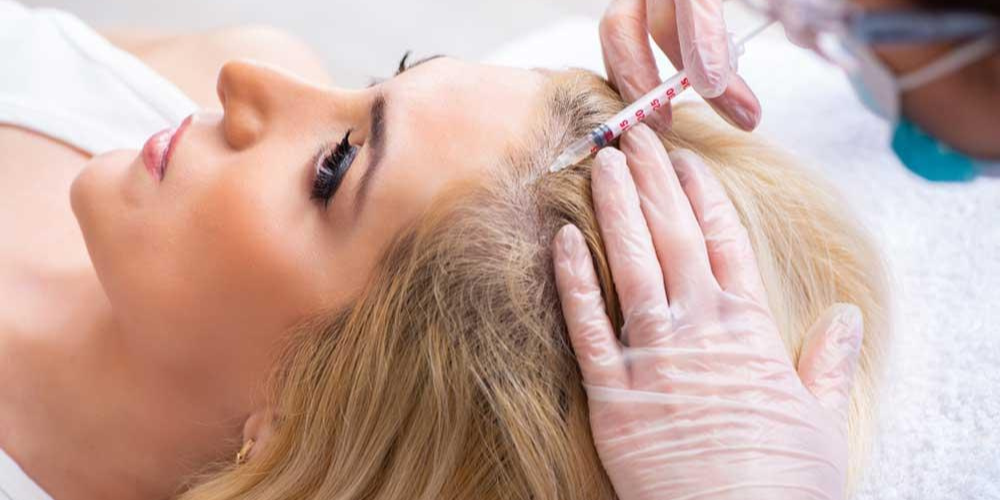
3.2. Cost Comparison
Another critical factor when choosing between hair transplants and PRP therapy is cost.
Hair Transplants
Hair transplants are typically more expensive upfront compared to PRP therapy. The costs can vary widely based on the clinic, location, and technique employed. Given the surgical nature of the procedure, patients should also factor in additional expenses related to consultations, pre-operative evaluations, and post-operative care.
Despite the higher initial investment, many patients view hair transplants as a long-term solution, thereby deeming the costs justified considering the permanence of results.
PRP Therapy
In contrast, PRP therapy tends to be more budget-friendly, especially in the short term. However, ongoing maintenance sessions may accumulate over time, potentially leading to higher cumulative costs.
Furthermore, insurance coverage for PRP therapy is often limited, whereas some hair transplant procedures may be covered under specific circumstances.
3.3. Recovery Time & Side Effects
Recovery time and potential side effects play a significant role in deciding between hair transplants and PRP therapy.
Hair Transplants
Following a hair transplant procedure, patients can generally expect some downtime. Although recovery times vary depending on the individual and technique used, most patients can return to normal activities within a week.
Common side effects include swelling, redness, and tenderness at the donor and recipient sites. In some cases, patients may experience temporary shedding of transplanted hairs before new growth resumes.
PRP Therapy
PRP therapy is associated with minimal downtime, allowing patients to resume daily activities almost immediately after treatment. Mild side effects such as swelling or bruising may occur at the injection sites but usually resolve quickly.
Overall, the non-invasive nature of PRP therapy appeals to many individuals seeking effective hair restoration without the extended recovery periods required for surgery.
4. Which Treatment is Right for You?
Choosing between hair transplants and PRP therapy ultimately hinges on individual circumstances, preferences, and objectives.
Assess Your Hair Loss Type
First and foremost, assessing the type and stage of hair loss is imperative. Individuals experiencing early stages of thinning hair may find PRP therapy to be a beneficial option, especially if they prefer a non-invasive approach.
Conversely, those with more advanced hair loss or bald patches may realize that hair transplants offer a more definitive solution. Consulting with a qualified specialist can provide valuable insights into the most suitable treatment based on specific needs.
Consider Your Budget
Financial considerations are paramount when contemplating either treatment. If budget constraints exist, PRP therapy may be more feasible initially, albeit with the caveat of potential ongoing costs. On the other hand, investing in a hair transplant could lead to lasting results, reducing future expenditures on maintenance.
Evaluate Lifestyle Preferences
Lastly, personal preferences and lifestyle factors should inform the decision-making process. Some individuals may prefer the convenience of a quick, non-surgical procedure like PRP therapy, while others may prioritize achieving permanent results, even if it involves the complexities of a surgical operation.
Conclusion
Both hair transplants and PRP therapy offer viable options for addressing hair loss, each with its unique benefits and limitations. Hair transplants provide a permanent solution with natural results, while PRP therapy stands out as a non-invasive alternative emphasizing rejuvenation.
Ultimately, the decision rests with the individual, requiring a thoughtful evaluation of their hair loss type, financial situation, and personal preferences. Consulting with a qualified specialist remains the best course of action, allowing prospective patients to make informed decisions tailored to their unique circumstances.
As the field of hair restoration continues to evolve, advancements in both methods may further enhance outcomes, giving hope to those struggling with hair loss. Whether opting for a hair transplant or exploring the potential of PRP therapy, regaining a full head of hair can pave the way for renewed confidence and self-esteem.
LATEST POSTS

